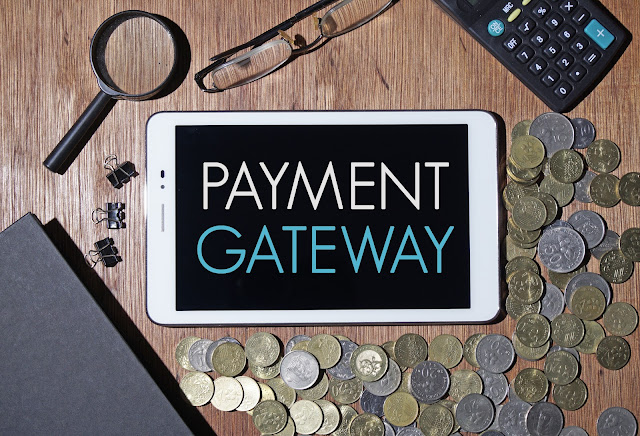The Ultimate Guide to Secure Online Payments for E-Commerce
In today's digital age, e-commerce has become a crucial component of business strategy, allowing companies to reach a global audience and operate around the clock. However, with the convenience of online transactions comes the responsibility of ensuring security. The rise in cyber threats and data breaches means that securing online payments integration is more critical than ever. This guide provides an in-depth look at the best practices and technologies for securing online payments in e-commerce.

1. Understand the Importance of Payment Security
Online payment security is vital for protecting sensitive information such as credit card details and personal data. Data breaches not only compromise customer trust but can also lead to significant financial losses and legal repercussions. Ensuring a secure payment process is crucial for maintaining the integrity of your business and the safety of your customers' information.
2. Choose a Secure Payment Gateway
A payment gateway is a service that authorizes and processes online payments. When selecting a Top payment gateway, consider the following security features:
-
Encryption: Ensure the gateway uses strong encryption protocols (e.g., TLS) to protect data during transmission.
-
Fraud Detection: Look for features that monitor and detect fraudulent transactions.
-
PCI-DSS Compliance: Choose gateways that comply with the Payment Card Industry Data Security Standard (PCI-DSS).
3. Implement SSL/TLS Certificates
SSL (Secure Sockets Layer) and TLS (Transport Layer Security) certificates encrypt the data exchanged between your website and the user's browser. This encryption ensures that sensitive information, such as payment details, is protected from eavesdroppers. Displaying the padlock icon and "HTTPS" in the URL instills confidence in your customers.
4. Use Tokenization and Encryption
Tokenization replaces sensitive payment information with unique tokens that are meaningless outside of the transaction. This reduces the risk of data theft as actual payment details are not stored or transmitted. Combine tokenization with encryption to further protect payment data.
5. Implement Multi-Factor Authentication (MFA)
Multi-Factor Authentication (MFA) adds an extra layer of security by requiring users to provide two or more verification factors before completing a transaction. This could include something they know (password), something they have (a phone), or something they are (biometric data).
6. Regularly Update and Patch Software
Outdated software can be a vulnerability that hackers exploit. Regularly update your e-commerce platform, payment gateway, and other related software to protect against known vulnerabilities and threats.
7. Monitor and Analyze Transactions
Regularly monitor transaction logs for unusual activities or patterns. Implement real-time fraud detection systems to identify and block suspicious transactions promptly. Analyzing transaction data can also help identify potential vulnerabilities and improve security measures.
8. Educate Your Customers
Educating customers about online security practices can help prevent fraud. Encourage them to use strong passwords, avoid public Wi-Fi for transactions, and be cautious of phishing scams. Providing clear information about your security measures can also build trust.
9. Ensure Compliance with Legal and Regulatory Standards
Different regions have specific regulations regarding payment security, such as GDPR in Europe or CCPA in California. Ensure your e-commerce platform complies with relevant legal and regulatory standards to avoid penalties and protect customer data.
10. Regular Security Audits and Penetration Testing
Conduct regular security audits and penetration testing to identify and address potential vulnerabilities. These tests simulate cyber-attacks to assess the effectiveness of your security measures and provide actionable insights for improvement.
Conclusion
Securing E-commerce online payments is not just about protecting your business; it’s about safeguarding your customers' sensitive information and maintaining their trust. By implementing the best practices outlined in this guide, you can create a secure e-commerce environment that minimizes risks and enhances customer confidence. Stay vigilant, keep up with the latest security trends, and prioritize payment security as a fundamental aspect of your e-commerce strategy.



Comments
Post a Comment